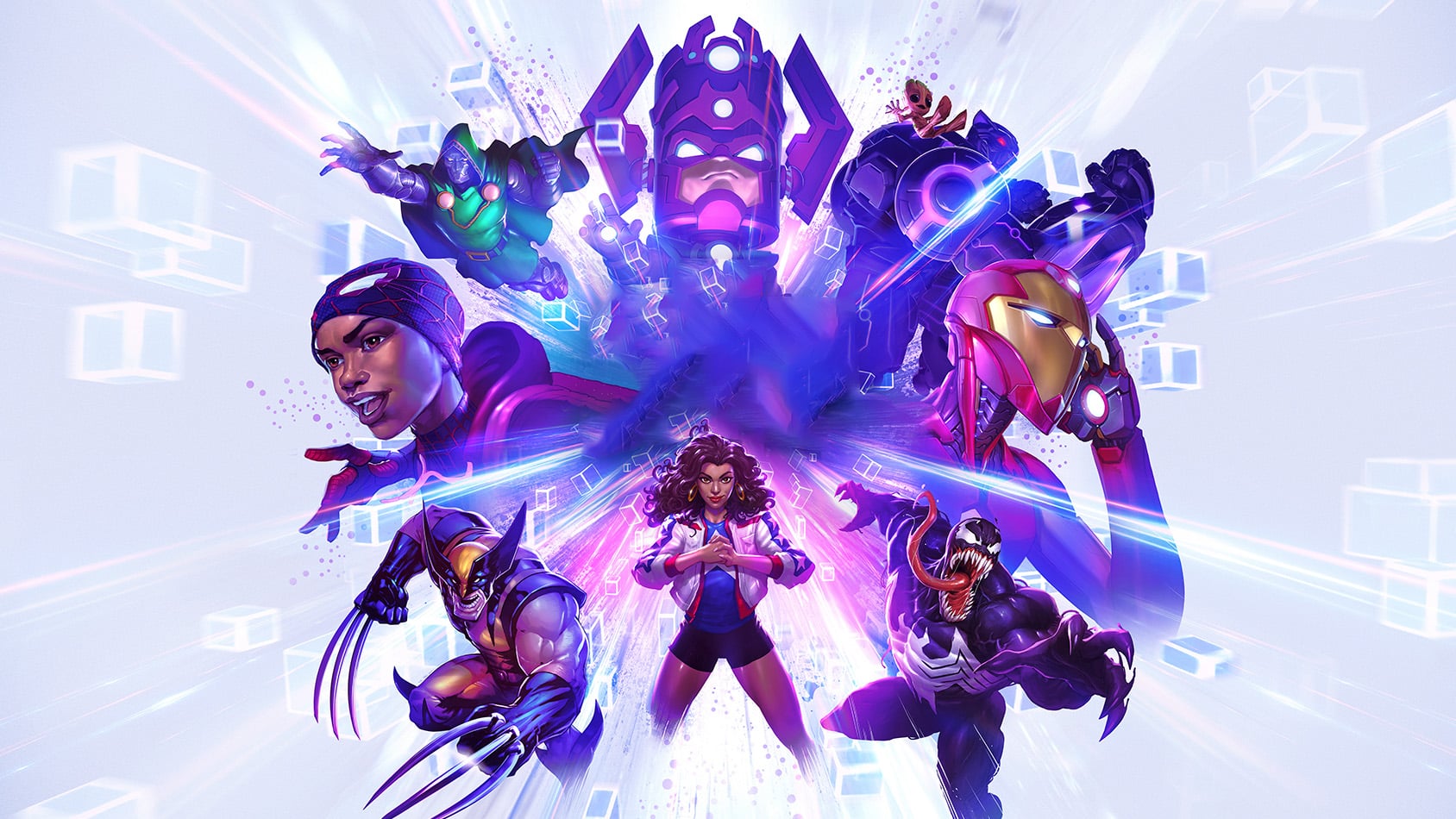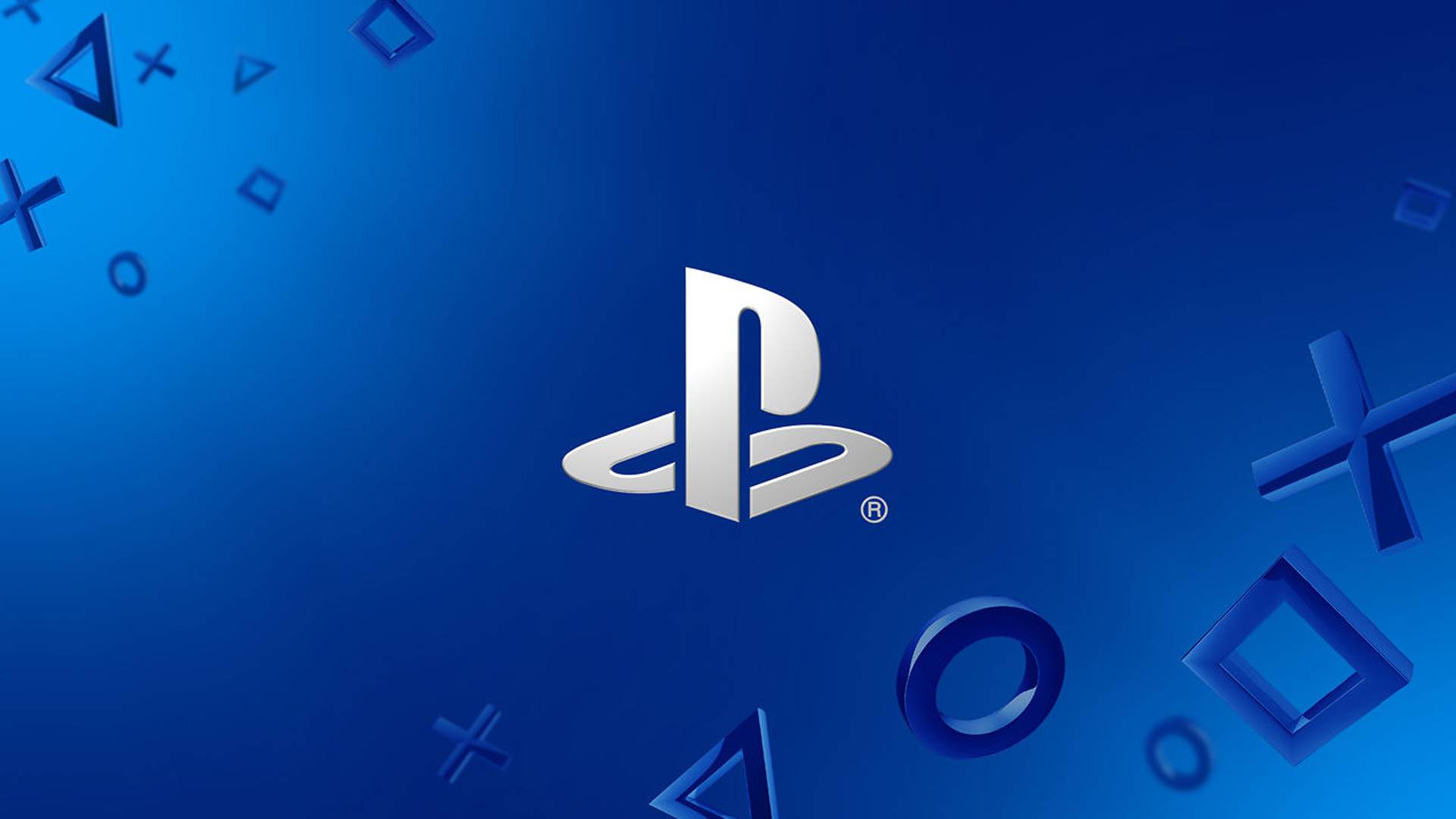When several former veteran Blizzard and Hearthstone developers came together to form a new studio, Second Dinner, it was hard for the dedicated community they had fostered not to pay close attention to their next move. Their first project was Marvel Snap, a free-to-play card game built for mobile devices – one that has an incredibly sharp focus on quick, exciting 1-on-1 multiplayer matches that can be over in a matter of minutes.
Several design decisions were made to keep the game fast-moving: Players take turns simultaneously, playing cards in one of three locations, which are randomised for each match. Matches only last for six turns in most cases, and decks only contain 12 cards in total. The titular feature, the Snap, raises the stakes of the match by letting one or both players double the rewards – opening up the possibility of projecting confidence and instilling fear into your opponent.
After a long period in closed beta, and a soft launch in Australia, New Zealand, and the Philippines, Marvel Snap is ready to release globally. Ahead of the launch, we spoke to Kent-Erik Hagman, Associate Design Director at Second Dinner, and previously a Senior Game Designer at Blizzard, to chat about some of the meaningful design decisions that make Marvel Snap such a compelling, morish game.
Marvel Snap releases globally on 18 October 2022 on the App Store and on Google Play.
[Portions of this interview have been edited for brevity and clarity]
GamesHub: Thanks for taking the time to talk to me, Kent – for some background, I’ve never really gotten into card games or TCGs obsessively, until Marvel Snap showed up. So I’m really interested to talk to you about how the design of Marvel Snap solves a lot of problems with the genre.
But first, I know Second Dinner has a bit of a legacy behind it. Could you talk a bit about your own professional career over the past few years, and how you ended up at Second Dinner?
Kent-Erik Hagman, Associate Design Director, Marvel Snap: So I joined Second Dinner about two and a half years ago. I knew Yong Woo (Chief Production Officer, Second Dinner, formerly Hearthstone Production Director at Blizzard) and he said, ‘Hey man, we’re looking at a designer position, you want to check it out?’ I said, ‘Sure!’
So I went to play a demo of [Marvel Snap] when we were interviewing, and I was like, ‘Holy cow! This game is awesome, there is so much room for depth here.’
As a designer, the first thing I latched onto was the locations. I love affix systems or modifier systems, and I just looked at the locations and thought, ‘Holy cow! No two games of Snap will play out the same, because you’re going to have to deal with whatever puzzles the locations throw at you.’ As a strategy gamer, it was exactly what I’m looking for. I want to always be challenged, and I have to feel really smart and creative about my cards and how I use them.
So many deck-building games rely on such a large mass of cards that you always kinda need to be thinking about all the time, and it can be somewhat of a turnoff to certain kinds of players (like me). But the design of Marvel Snap really does ride that line of having just enough for you to think about, but still being very manageable.
Yeah, what’s awesome about Snap is it’s not like I’m managing a deck of 200 cards, and I’m like, ‘what all of them do?’ No, it’s really tight. It’s really controlled. And yet you still have that agonising point of like, ‘Do I play this to the left or to the middle? Wait, no, I should play this other card first!’
The game is very deceptive about it too. You think, ‘Oh, there’s only six turns and there’s only twelve cards, how complicated could it be in terms of what to play?’
I think that’s what is great about Snap – it’s that you jump in and you’re like, This is really easy. I just drag a card out, I can do that. And then you get to turn six, and you start to understand a lot of the nuance and depth. You’re like, ‘Oh my gosh, I have to sit down. I gotta think about this and take 30 seconds to make a turn.’ And then you’re like, ‘I gotta play another game.’
I think we’ve done a great job of using a focusing lens – everything is pulling its weight. We don’t have a lot of chaff, if you will, just a lot of wheat. And so I think that’s part of the beauty of Marvel Snap.
Do you know whether it was always going to be a mobile title? Was it designed around that platform?
Oh, yeah, I think it was. From what I understand the first prototype was all paper, (Ben) Brode (Chief Development Officer, Second Dinner, formerly Game Director, Hearthstone) printed out cards on paper, and did all that – at least I’ve heard that story. And it was [about] doing a really focused card game that works well on mobile. So I think that has been there from the beginning.
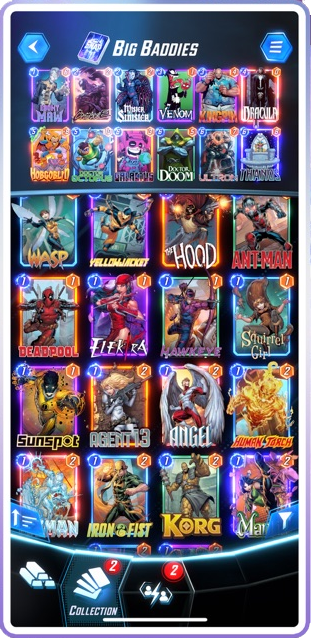
I’m curious to know about some of the design decisions that you’ve personally helped shape in the game so far.
Gosh, I don’t want to overreach here and say I did more than I did, because a lot of what I’ve been doing is tidying things and buttoning them up. Like, trying to take our location set and make sure that the fantasies of them match as much as possible.
So, the Hellfire Club [1-Cost cards can’t be played here] used to draw 1-cost cards from your deck, just because. And we realised that actually, the Hellfire Club is this exclusive place of the White Queen and the Black King — Emma Frost and Sebastian Shaw — and they don’t like just anybody in there. So it would make more sense if you can’t play one-cost cards here.
And then that means we need to change Asgard [After turn 4, whoever is winning here draws 2 cards], which used to have that ability. We had all these really cool location designs that made for really fun games, but we needed to try and line them up with as many locations where the fantasy makes sense. I can’t take the entire credit for that stuff. I’ll take some credit for it, though.
It’s really interesting that you had the thematic location set out before the actual mechanics, I thought it’d be the other way around.
It’s a little bit of both. There are some designs that are more top-down, and some are more bottom-up.
Top-down design is like, ‘Hey, I’ve got this location and the fantasy for it is this.’ Then we make a design that fits it. That’s versus a bottom-up design which is like ‘You know what would be really cool? A location that says you can’t play one or two or three cost cards here. So you can only play big cards here.’ Then it’s like, ‘okay, what should we make it?’
There are some designs that we have where you’re just thinking of locations and you have an idea, and it doesn’t match whatever you’re working on, or just an idea that came to you or you played a card and that made you go, ‘Oh, wait a minute, that would be a cool location.’ And so then you find a good Marvel location for it.
There are other times when we start with the location design, and we’re like, ‘Well this is so evocative.’
Can you give me some examples of locations you really had to work to nail down?
Well, The Raft [Whoever fills this location first draws a 6-Cost card. It costs 0.] actually used to be something completely different. And one of our other designers pitched, ‘what if we did a prison break?’ And so the idea was like, this is a maximum security prison. So there’s a six-cost card in there, and you got to break them free. And you do it by filling the location up, which created this really fun gameplay. So that one was like: We had The Raft, we realised the design for it would have [been] better on a future location, and so we needed to find a new design. So that was really like a top-down decision.
Another one is Gamma Lab [After turn 3, transform all cards here into the Hulk] – I think we were trying to create more locations where we reward you for playing there early. So you can play there while it’s unrevealed, and you’re excited to see it flip. And one of our other designers pitched, ‘What if we transformed all your cards into the Hulk?’ We all paused – ‘wait a minute, that’d be pretty fun, that’d be pretty hilarious!’
It makes you immediately want to slot Shang-Chi [On Reveal: Destroy all enemy cards at this location that have 9 or more Power] into your deck. Maybe you want to play Brood [On Reveal: Add 2 Broodlings to this location with the same Power] and play Squirrel Girl [On Reveal: Add a 1-Power Squirrel to each other location], dump a squirrel over there, turn it into Hulk.
And then we’re like: ‘Okay, so what’s it going to be?’ So we went through a few different iterations before settling on Gamma Lab to kind of sell that fantasy of transforming things into the Hulk. So yeah, sometimes the designs come one way or they come the other. Some are bottom-up, and some are top-down.
I love the surprise of the flip. When people talk about randomness in game design, it’s usually in annoyance at not being able to control the outcome.
But I think in Marvel Snap, surprises factor into a lot of the game, and they’re always so delightful – like you said, playing a card in an unrevealed location, or using a Scarlet Witch to randomly transform a location and see what happens. Was that a concerted effort on the team’s part?
Oh, absolutely. I think it’s part of what keeps the game really fresh, it’s just having these reveal moments, and I think having those locations hidden on turns one and two really can change how the game plays, as opposed to if you started the game and they were all face up – it’d be a completely different experience. But having them staggered really allows for these variations of gameplay that was definitely something we’re going for. Every game of Snap should feel unique.
Can we talk about the actual ‘Snap’ aspect of it? Because I think that gamble of doubling down and raising the stakes is very interesting in the way that it adds mind games into the mix – and you mention that aspect came late in development.
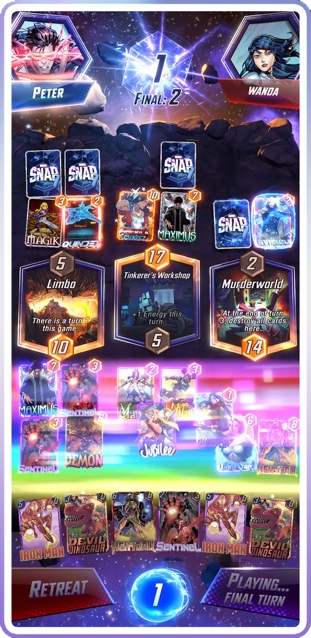
There’s always been some aspect of ‘Hey, do you want to raise the stakes? Should we play for more?’ Backgammon has the doubling cube, which is probably the most analogous to what we have, and it just creates this meta layer, and adds all kinds of depth of strategy without creating any new gameplay mechanics you have to learn.
You just have to learn about how many cubes this game is for. How much rank am I going to gain or lose? And so there’s been some aspect of it from early on, because we thought it just adds so much.
And what I love about it, is that because you can retreat and only lose one cube, you can feel really good about that loss. And usually, as someone who’s worked on PvP games before, the problem with PvP games is you lose half your games. And that never feels fun, right?
It can be pretty demoralising, but I definitely don’t get that with Snap.
Yeah, now we’ve allowed you to lose a ton of games and you can feel great about it! You can walk away – ‘Oh man, phew! I avoided disaster, I only lost one cube!’ And you’re smiling even though you lost the cube, right?’
I think it’s also fantastic because it lets us make these really wacky locations, like having the X-Mansion [At the end of turn 3, add a random card here for each player]. ‘Okay, what two cards are gonna pop out of the X-Mansion? Because of the cube mechanic, you can have all kinds of depth. Like if you get the Infinaut [20 Power], and I got Wasp [1 Power].
You can retreat right then and there and you only lose one cube. You feel great. But, with the snap mechanic, you can also do something fun like this: ‘Oh, you got Infinaut, I got Wasp. Oh, and of course you snapped me. Of course you did… but you don’t know this, I’m holding Shang-Chi.’
On turn six, I snapped you – ‘Wait, what? Does he have Shang-Chi? What if he doesn’t have Shang-Chi?’ But you’re now thinking it!’
The mind games in Snap can be surprisingly intense, especially when you get creative with the prefab comments like ‘I’m confident!’ or ‘I’m losing!’
Right! And when you tap on a card and give it a starry eyes face, it’s like: ‘Wait, why are you looking at my Infinaut? Oh my gosh, they have Shang-Chi! Wait no. They don’t have Shang-Chi, they just want me to think they have Shang-Chi! But I know that he knows that I know that he doesn’t have it …’
That snap mechanic can really communicate some interesting things. ‘No, I’m confident! I’m willing to play for eight cubes, so do you want to play for eight cubes?’
And I think the small deck size really helps with that. I’ve never been one for being able to try and read someone else’s Hearthstone deck, because there’s just way too much knowledge I need to internalise there.
With the small pool of Marvel Snap cards, I do kind of innately learn that stuff more easily because there are only so many things that can counter other things. I think that’s really clever.
Yeah, for sure. If I have Iron Man [Ongoing: Your total Power is doubled at this location] out, I know I’m scared of Enchantress [On Reveal: Remove the abilities from all Ongoing cards at this location] and Rogue [On Reveal: Steal an Ongoing ability from a random enemy card at this location] and that’s it.
You said there was a lot of wheat, and not a lot of chaff. Can you tell me about any of the chaff that was left on the cutting room floor, or any general design ideas that you really wanted to avoid for this game?
I think having cards where after you play them, your opponent has to make a decision. Or a card where you have to then target a specific card. I think we tried a version of that really really early on, but immediately said ‘no, let’s just keep it really simple and straightforward.’
Not to say there are no versions of that which work, and that we might explore in the future… but probably not.
It’s really hard to say, but right now we are really focused on just being like ‘Hey, you pick up a card and you play it at a location.’ That’s it. Let’s keep the interactions as simple as possible, so you can get through your turns.
And then as you play, you might discover one more – like you can pick up a card and move it sometimes if it’s Nightcrawler [You can move this once], or it’s turn six and New York [On turn 6, you can move cards to this location] is out there, right? We have, you know, cards and locations that break that rule a little bit.
And so we might explore those rules more in the future. But we want to be very focused on keeping the ergonomics of the game as slick and as snappy as possible.
Let’s talk a little bit about the soft launch, and the beta periods. You obviously had a very dedicated pool of people playing. What were some of the big learnings you had during this period?
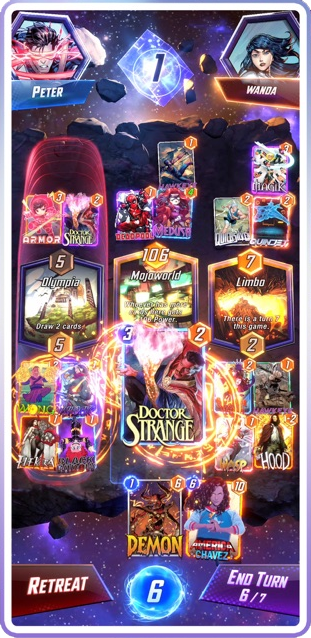
Oh, man. Well, we definitely learned some things about card balance right away. When we first went out, we learned that Nova giving +2 power to every card is maybe a little too much [Nova now gives cards +1 Power when destroyed].
There’s a part of me that’s really happy to see that Nova is still in some of our top-tier decks. We did not erase that card from the game, it is totally still there. Another part of me is like, ‘Shoot, I should’ve had that right at the start of the soft launch.’ But we definitely learn some things about what kind of card interactions are great, and which ones are not.
I think we undervalued how strong five and six energy cards need to be. And having this soft launch period really allowed us to see it because we had a large enough audience playing the game enough for us go, ‘oh, yeah, you know what? Hulk probably needs to be 12 power.’
And what’s interesting about Hulk and Abomination and what we call ‘vanilla cards’ – because they are plain and have no abilities on them – is that we use those to key off how strong all the other six cost cards should be. So when we realised we needed to up Hulk, we had to reevaluate our six-drop cards, and be like, ‘Well, actually, is this one still strong enough? Or does it need to go up?’ Same with Abomination and our five drops.
That was something that I was really glad that we caught, thanks to this beta test. We’ve really struggled in the past with five-costs design, because we tried to make these cards as powerful as possible, which a lot of times meant we had a cool five-drop design, and we pushed it to six because we thought it’d be flashy and cooler. Or to make the card stronger, we lowered it from five to four cost, which meant our five-cost card suite was a bit of a desert for a little while.
And now I think we’ve really shored up what it means to be a five-cost card. I think Iron Man has been very helpful in that, and showing that five-cost cards can be viable, and this is about the power level you need to be targeting. Having Blue Marvel [Ongoing: Your other cards have +1 Power] come down from six to five cost to open up more combos with Onslaught [Ongoing: Double your other Ongoing effects at this location] to really shine. Putting up Spider-Woman [On Reveal: Afflict all enemy cards here with -1 Power] up from four to five, so she’s more likely to hit multiple targets, and then readjusting her power level accordingly, can create some more diversity there.
What’s one micro decision about the design of Marvel Snap that you think will largely go unnoticed by players, but is really important to the feel of the game?
Oh, my gosh… okay, here’s one: You only start with three cards in hand.
Early on, during one of our very small tests, there was a period of time where a bug got introduced that started your starting hand as four, and not three.
No one noticed it, because you just start playing! And of course, who’s gonna complain about having an extra card in their hand, right? And so we just kind of missed it for like, a month or two.
And then we’re like, wait a minute… wait a minute! It wasn’t always like this! And so we dug into it, and sure enough, there was a bug spitting out an extra card, and it had a massive difference on the field of the game.
When you see nine cards out of your 12-card deck, you have a 25% chance of not seeing a card. But when you see 10 – it’s only about eight or nine percentage points of difference, I’m totally off of my math here – there is a pretty significant difference in how reliable a certain combo is, or how many win conditions you need to build into your deck.
Semi-related to this is we are very cognizant of card draw. In fact, you may notice that you don’t really have very many cards in your collection that say, ‘Draw a card from your deck’, right? We’re perfectly content to draw from your opponent’s deck, or to get a card you can’t rely on being a specific thing. And that’s because of how critical it is that there be enough variance game-to-game for the reliability of certain combos or win conditions.
And so we’re very, very cautious about anything that lets you burn through your deck more quickly, because it’s only a 12-card deck, drawing one card is very significant compared to if your deck was 50 or 75 cards.
Incredible. So you’re only just heading into the global launch now – broadly speaking, how do you see Marvel Snap evolving over the next few years? Having played through the soft launch, I’m getting to a pretty high collection level, thinking I’ve almost got everything I’m striving for. What do I have to look forward to?
Oh, it’s a million-dollar question. I think if you asked me in four weeks, I’m gonna give you a different answer, because we’ll be worldwide, we’ll be getting a lot of the player feedback in… but gosh, there’s so many fun things.
I think you can expect an ever-evolving game, where we’re going to be constantly adding new cards, and if you stay tuned, we have some awesome stuff coming down the pipe real soon.
But there’ll be no shortage of new cards coming out, new locations, new ways to engage in the game, new levels of strategy, and all kinds of fun coming. I’ll leave it at that.
